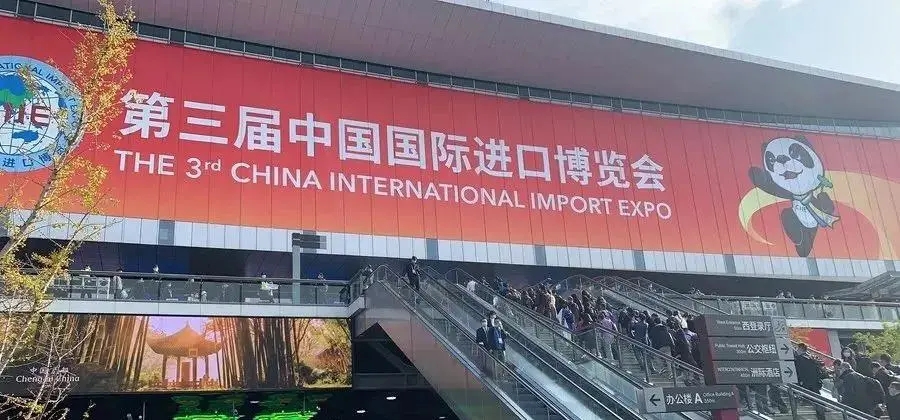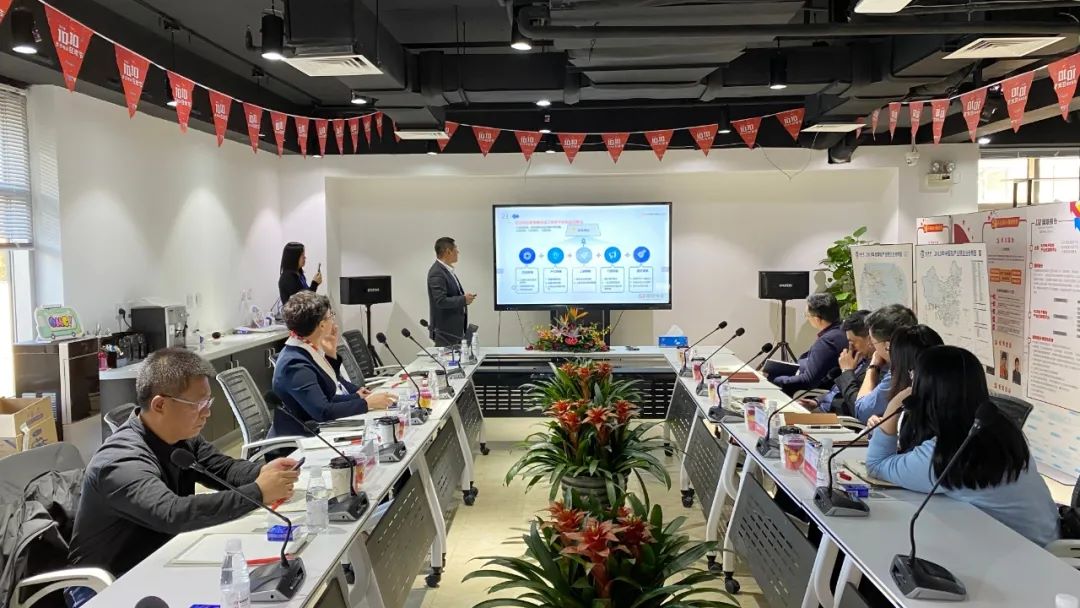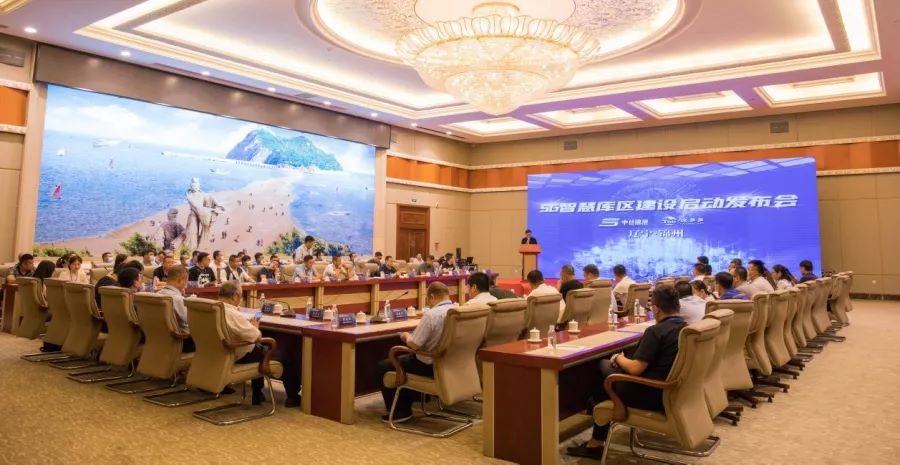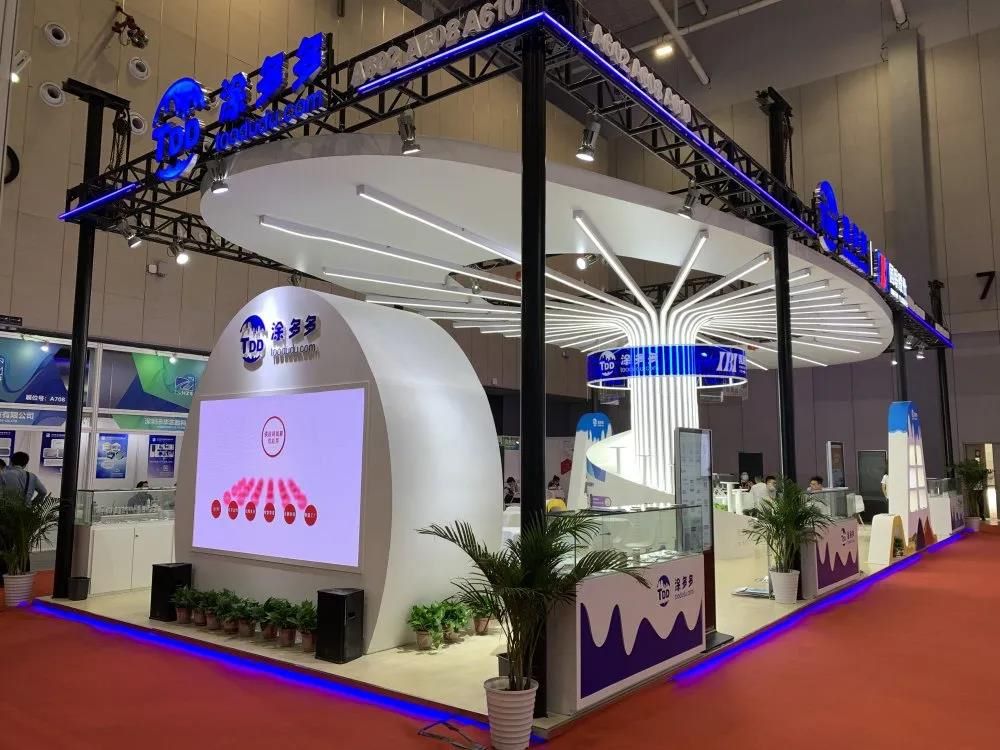Chinese semi-steel tires: Breakthrough and challenges coexist
In the huge system of the automobile industry, tires are undoubtedly the core components related to driving safety and performance. As consumables, their replacement demand has spawned a large after-sales market. For a long time, the right to speak in the Chinese automobile tire market has been firmly controlled by foreign brands. From the price structure of the passenger car tire replacement market, foreign giants such as Michelin, Bridgestone, and Continental occupy a dominant position.
Walking in the auto parts city on the fourth and fifth ring roads of Beijing, the logos of foreign tire brands can be seen everywhere. Michelin, Bridgestone, Continental, Pirelli, Dunlop, Hankook and other brand stores are lined up, competing in the limited tire commercial district.
However, high brand awareness does not mean considerable sales. For foreign tire brands, annual sales of millions of units are close to their performance ceiling, and breaking through 10 million sales is even more out of reach - this is exactly the change brought about by domestic tires catching up and implementing the market "encirclement" strategy.
1. The rise of domestic semi-steel tires
From the tire original equipment data of the 2025 Shanghai Auto Show, the influence of international brands such as Michelin, Pirelli, and Continental cannot be underestimated.
Whether it is a top luxury car or an emerging car brand, equipping these high-end tire brands seems to give the vehicle a dazzling halo. Of course, other tire brands also performed well, and continued to exert their strength in off-road and other market segments to win the favor of consumers.
At the same time, Chinese tire brands shined at the auto show, and many new cars chose to be equipped with domestic tires. This phenomenon indicates that Chinese tires are gradually winning the recognition and trust of consumers. Linglong Tire and Chaoyang Tire have successfully reached cooperation with many automobile companies with their years of intensive cultivation in the field of original equipment.
During the Shanghai Auto Show, Linglong Tire's high-end brand Atlas attracted much attention, and many new cars included it as standard; Chaoyang Tire was no less impressive, and frequently appeared in the models of traditional car companies and new power brands. In addition, domestic brands such as Maxxis and Wanli also became hot topics at the auto show with their outstanding product performance.

2. The Quiet Change of Market Structure
Boss Wu, who has been running a tire business in Beijing for more than 20 years, has witnessed the changing situation of the tire market. Talking about the changes in the industry in recent years, he was deeply moved: "Domestic brands have developed rapidly in the past two years, and the speed of their rise is beyond imagination." A set of data shared by Boss Wu directly shows the rapid development trend of domestic tires.
According to him, in the past, foreign brands accounted for 60% of the market share, and domestic brands accounted for only 40%; now, the market structure has undergone a huge change, and the market share of domestic tire brands has jumped to 85%, while foreign brands have fallen to 15%. Among them, the growth of brands such as Chaoyang, Linglong, and Triangle is particularly significant.
Although this set of data may have certain regional limitations, it truly reflects the changing trends of some markets. Looking back to 2019, when the Tire Business Society visited tire stores in Beijing, many store clerks were still relatively unfamiliar with domestic brands; but now, the rise of domestic tire brands is amazing.
3. Many difficulties on the road ahead
In 2025, China's semi-steel tire industry has encountered new development bottlenecks. Industry data show that in the first quarter of 2025, the sales of semi-steel tires of some tire companies fell by 1.6% compared with the same period in 2024.
Although this decline is relatively mild compared with the double-digit sales decline of truck tires, the decline has undoubtedly sounded the alarm for the industry and caused deep concern among companies against the background of two consecutive years of substantial growth in passenger car tire sales.
From the perspective of specific company performance, in the first quarter of 2025, the sales of semi-steel tires of some leading tire companies fell by nearly 2%, while the sales situation of small and medium-sized tire companies may be more severe.
In terms of operating rate, the average operating rate of semi-steel tires in China remained at 70% from January to March 2025, which was basically the same as the same period in 2024. However, the stability of production has led to increased inventory pressure on dealers. In the first quarter, the average inventory turnover days of semi-steel tires reached 42 days, an increase of 9.5 days from 2024 and 3 days from 2023. What is more noteworthy is that since the first week of March, the sales difficulty of semi-steel tires has been significantly higher than that of full-steel tires.
Export data show that the decline in sales may be closely related to price increases. In February 2025, the unit price of tire exports rose by 12.83% month-on-month. The domestic market is also facing pressure to increase prices. Driven by foreign brands, leading domestic tire companies have issued price increase notices, with the highest increase reaching 10%. As the consumption capacity of retail terminals declines, the number of corporate orders has also decreased.
In addition, dealers and retail stores, as key links in the circulation of Chinese tires, have an important impact on the market structure. If Chinese tire companies want to completely break the market monopoly of foreign brands, they must pay attention to and optimize these two links. But the reality is that dealers and tire stores pursue profits as their primary goal and will not blindly become tools for corporate competition. They prefer to choose brands that can bring higher sales and profits.
The biggest shortcoming of China's semi-steel tire industry is the lack of brand awareness, and the root cause of this problem is the lack of persistence and innovation in brand marketing by companies.
Many domestic tire companies believe that brand building requires large investment and a long payback period, and it is difficult to see significant results in the short term, so they lack patience for brand cultivation. Once a brand fails to develop as expected, they will quickly give up and turn to other brands.
This practice of dispersing resources has resulted in companies owning many brands, but none of them has been able to form a strong brand influence in the market. Although China's semi-steel tire production capacity has ranked among the top in the world, and factories with tens of millions of production capacity are constantly emerging, there are only a few brands that truly have a good reputation in the market.
In the fiercely competitive semi-steel tire market, foreign brands such as Michelin and Bridgestone still dominate. If domestic brands want to achieve a breakthrough, they still need to continue to work hard on brand building, change the competition strategy based on price reduction, and explore a more competitive development path.









